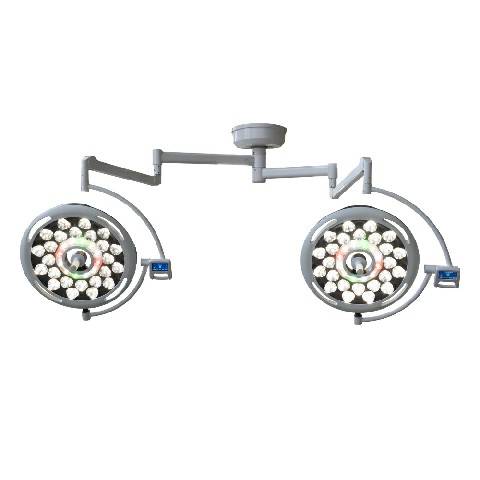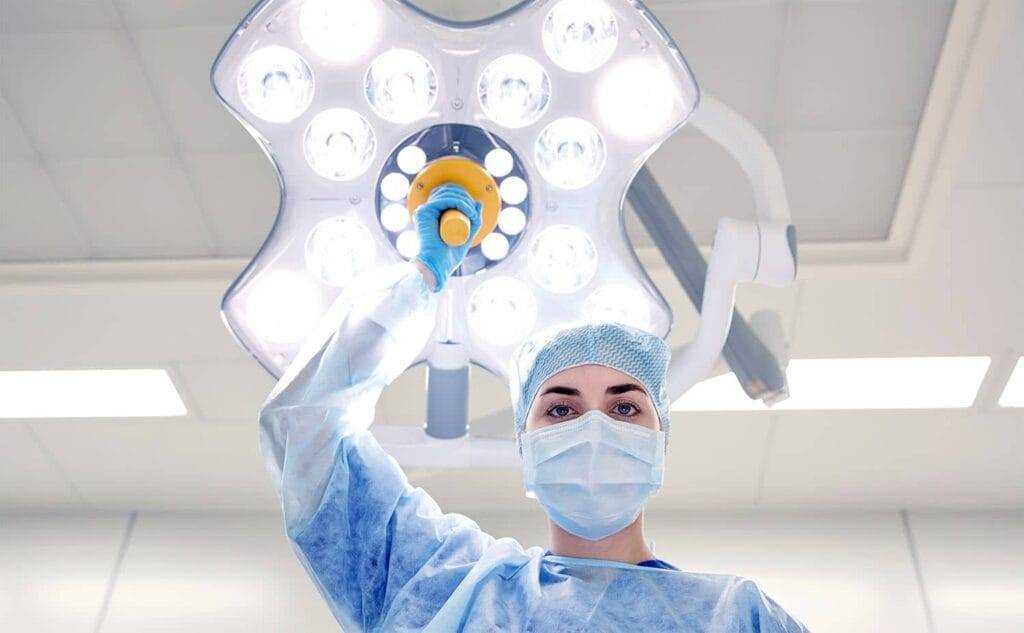Adresse
304, rue Cardinal Nord
Centre Dorchester, MA 02124
Heures de travail
Du lundi au vendredi : 7h - 19h
Week-end : 10h - 17h
Adresse
304, rue Cardinal Nord
Centre Dorchester, MA 02124
Heures de travail
Du lundi au vendredi : 7h - 19h
Week-end : 10h - 17h

Dans ce guide complet, nous explorerons comment la technologie chirurgicale légère de précision révolutionne les salles d'opération et ce qu'il faut prendre en compte.
Bienvenue sur mon blog !
Avant de plonger dans le contenu, j'aimerais que vous me rejoigniez sur mes plateformes de médias sociaux où je partage plus d'informations, interagis avec la communauté et publie des mises à jour. Voici comment vous pouvez me contacter :
Facebook :https://www.facebook.com/profile.php?id=100071234835011
LinkedIn :https://www.linkedin.com/company/74943205/admin/dashboard/
YouTube :https://www.youtube.com/@shandongexpertmedicalequip4695
TikTok :https://www.tiktok.com/@expertmedical
Commençons maintenant notre voyage ensemble. J'espère que vous trouverez le contenu ici instructif, engageant et utile.
The modern operating room (OR) has evolved significantly over the past few decades, with technological advancements playing a crucial role in improving patient outcomes. Among these advancements, precise light surgical systems have emerged as a game-changer. These systems provide surgeons with unparalleled visibility, enabling them to perform complex procedures with greater accuracy and confidence. In this comprehensive guide, we will explore how precise light surgical technology is revolutionizing operating rooms, the benefits it offers, and what to consider when choosing the right system for your facility.

Lighting is one of the most critical components in an operating room. Poor lighting can lead to errors, prolonged surgery times, and increased patient risk. Precise light surgical systems are designed to address these issues by offering consistent, shadow-free illumination that enhances visibility in the surgical field. These systems allow surgeons to see tissues, vessels, and other structures in their true colors, which is essential for making accurate decisions during surgery.
The introduction of precise light surgical systems in operating rooms has led to significant improvements in surgical outcomes. By providing clear, consistent illumination, these systems help surgeons perform delicate procedures with greater precision. The following are some of the ways in which precise light surgical systems contribute to better patient outcomes:
Choosing the right precise light surgical system for your operating room involves understanding the different options available. Below is a table comparing the key features of various types of precise light surgical systems:
| System Type | Intensité réglable | Color Temperature Control | Réduction des ombres | Efficacité énergétique | Ideal Use Case |
|---|---|---|---|---|---|
| Lampes chirurgicales à LED | Oui | Oui | Excellent | Haut | General surgery, long-duration procedures |
| Lampes chirurgicales halogènes | Limité | Non | Bien | Modéré | Budget-conscious settings, routine procedures |
| Lampes chirurgicales au xénon | Oui | Oui | Excellent | Faible | High-precision surgeries, specialized fields |
| Lampes chirurgicales hybrides | Oui | Oui | Excellent | Haut | Versatile use across various surgical disciplines |
This table provides a quick overview of the different types of precise light surgical systems, helping you determine which one best meets your facility’s needs.









When selecting a precise light surgical system, it’s essential to consider several factors to ensure that you choose the right solution for your operating room. Here are some key considerations:
Ergonomics is another critical factor when choosing a precise light surgical system. Surgeons and OR staff often work long hours, and an ergonomic lighting system can make a significant difference in their comfort and efficiency. Look for systems that offer easy adjustability, intuitive controls, and minimal obstructions in the surgical field.

The field of surgical lighting is continuously evolving, with new technologies emerging that promise to further enhance precision and patient safety. Here are some of the most exciting innovations in precise light surgical systems:
Artificial Intelligence (AI) is expected to play a significant role in the future of precise light surgical systems. AI-driven systems could analyze surgical procedures in real-time, adjusting lighting conditions automatically to optimize visibility and reduce the risk of errors. These intelligent systems could also provide surgeons with visual cues and alerts, further enhancing precision and safety.
Precise light surgical systems have revolutionized the way surgeries are performed, offering unmatched visibility and control in the operating room. By choosing the right system for your facility, you can improve surgical outcomes, reduce complications, and enhance the overall efficiency of your OR. As technology continues to advance, precise light surgical systems will become even more integral to the success of surgical procedures, paving the way for safer, more effective surgeries.
What makes precise light surgical systems different from traditional surgical lights?
Precise light surgical systems offer advanced features such as adjustable intensity, color temperature control, and shadow reduction, which are not typically available in traditional surgical lights. These features provide surgeons with better visibility and control during procedures.
How do I choose the right precise light surgical system for my OR?
When choosing a precise light surgical system, consider factors such as the types of surgeries performed, budget, maintenance requirements, and compatibility with existing equipment. It’s also important to select a system that offers ergonomic benefits for surgeons and OR staff.
Can surgical precision light systems be integrated with other OR technologies?
Yes, many modern surgical precision light systems are designed to integrate with other OR technologies, such as surgical cameras, imaging systems, and booms. This integration enhances the overall functionality and efficiency of the operating room.
What are the maintenance requirements for surgical precision light systems?
Maintenance requirements vary depending on the type of system. LED systems typically require less maintenance compared to halogen or xenon systems. Regular cleaning, bulb replacement (if applicable), and system calibration are essential for maintaining optimal performance.
How do surgical precision light systems improve patient outcomes?
Surgical precision light systems improve patient outcomes by providing surgeons with clear, consistent illumination, reducing the likelihood of errors and complications. Better visibility allows for more precise surgical maneuvers, leading to quicker recovery times and fewer post-operative issues.